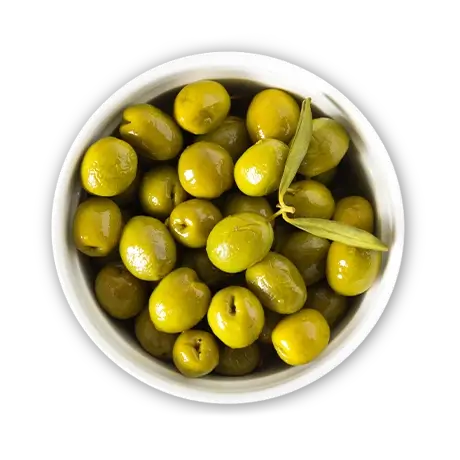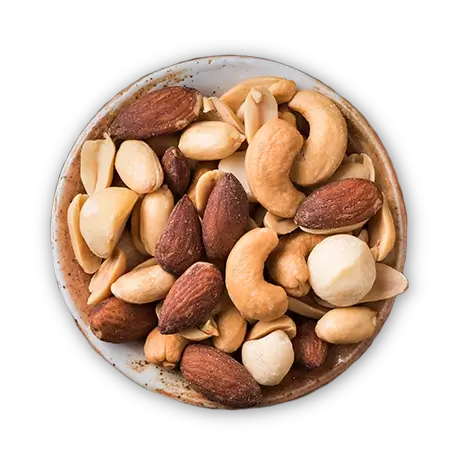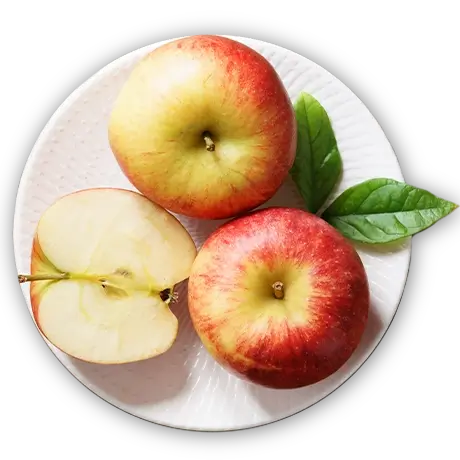Making a cheese plate is a simple and delicious way to satisfy guests at parties, holiday events, or any get-together. Let our guide help you set up the perfect cheese plate every time.
Making a cheese plate is a simple and delicious way to satisfy guests at parties, holiday events, or any get-together. Let our guide help you set up the perfect cheese plate every time.
Purchase your cheeses at a reputable cheese shop and try before you buy. This is important if you plan to use them for with a specific wine.
Decide on a theme for your selection, like a mixture of blue-veined cheeses or a selection of cheddars.
Try to include a range of textures, from soft to firm to hard. Choose cheeses of different shapes and heights, some with rinds and some without.
For a party platter or wine tasting, allow about four ounces (100 grams) per person. If the cheese is part of a full dinner, reduce this amount to two ounces (50 grams).

Purchase your cheeses at a reputable cheese shop and try before you buy. This is important if you plan to use them for with a specific wine.
Decide on a theme for your selection, like a mixture of blue-veined cheeses or a selection of cheddars.
Try to include a range of textures, from soft to firm to hard. Choose cheeses of different shapes and heights, some with rinds and some without.
For a party platter or wine tasting, allow about four ounces (100 grams) per person. If the cheese is part of a full dinner, reduce this amount to two ounces (50 grams).

Top off your plate or board with garnishes that enhance the flavour profiles of your cheeses.

The saltiness and texture of olives go best with our 3 year cheddar cheese.

Pears contain a sweetness that complements the cheese without overpowering the flavour.

The sweeter the chutney, the milder the cheddar cheese.

It’s best to choose nuts that are unsalted, making walnuts are an exceptionally good choice.

A good choice with medium and older cheddar cheeses.

The acidity refreshes and clears the palate. We recommend a royal gala to pair with our Aged Gouda Cheese.
You can serve these plain, toasted or broiled. Baguette slices make a good choice for any cheddar cheese, but especially extra old. If you don’t have a baguette, thinly sliced and toasted artisanal or fruit breads make ideal pairings